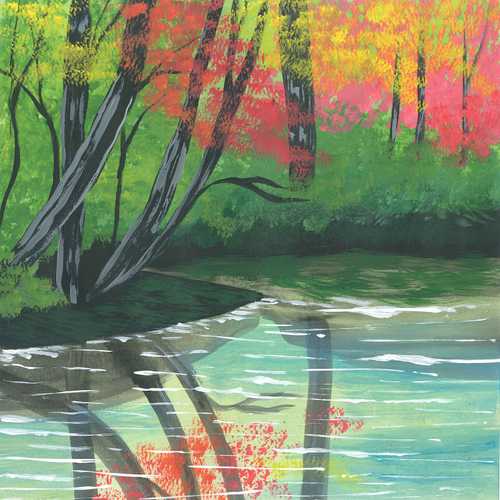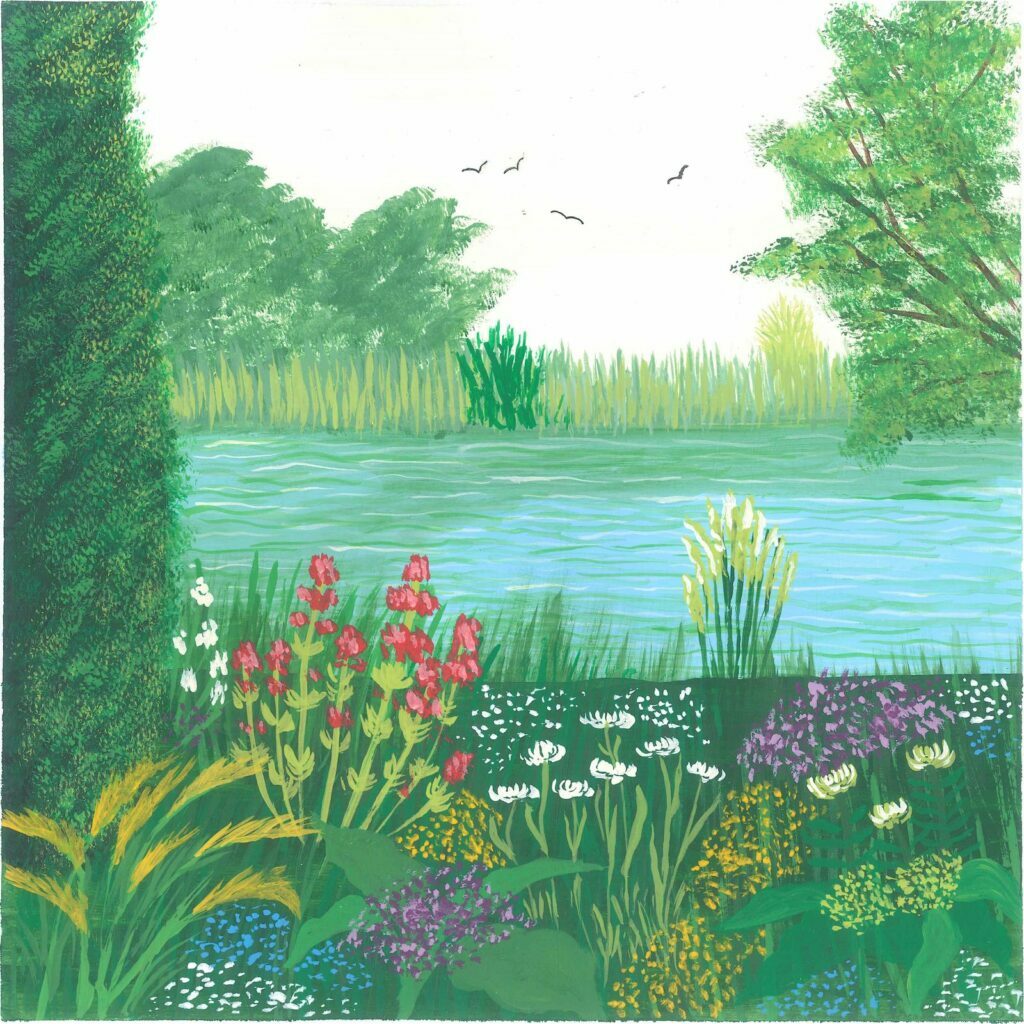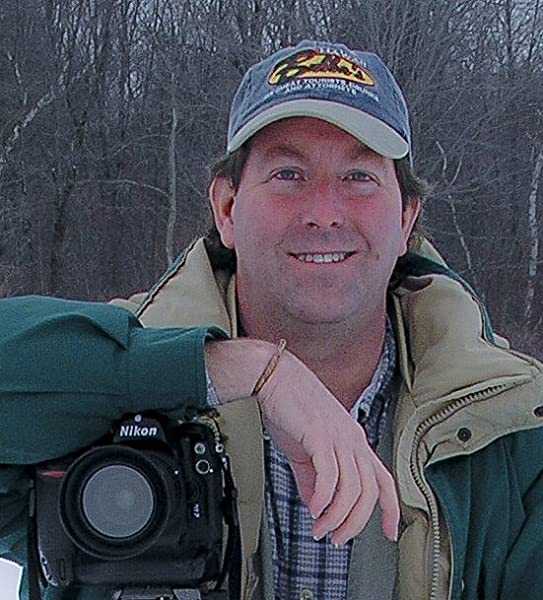
I’ve been a writer my whole life. In fact, I published my first book at the age of ten, a magnificent, 21-page paean to my literary hero at the time, pulp fiction character Doc Savage. Publishers were far too awed by it to do anything with it, so it remains unpublished. But I still have it. Someday…
Since then, I’ve written 98 actual books, including three best-sellers. Genre-wise, they span the literary waterfront: technology, history, children’s books, biography, business, fiction, photography, wildlife sound recording, nature, and writing.
Lately, it’s those last three topics that have attracted me more than any other genres: field recording, nature, and writing. In fact, I’ve written a lot lately about this triad, especially the practice or craft of writing about nature and about natural sounds as an expression of nature’s voice.
The challenge I keep running into, though, is how to translate a sound into words. Writing ‘caw-caw-caw’ instantly evokes a crow, and anyone who has spent more than 12 minutes in a forest recognizes ‘Who cooks for you? Who cooks for you, too?’ as the call of a barred owl. Or ‘Oh sweet Canada-Canada-Canada’—my friend, the white-throated sparrow. But how do I adequately describe the sound of a breeze causing the cattails to clatter? Is ‘clatter’ adequate? Or the endless variety of sounds emanating from different parts of a stream running over gravel here, a boulder field there, a sandy bottom over here, or a narrow, ice-covered sluice in the distance, falling onto a carpet of mosses?
A few months ago, I produced a Podcast about colors and their history and development over the last few thousand years. This current exercise of describing sound reminds me of that color project. Let me demonstrate: Without comparing it to something (‘the skin of a ripe apple’), describe the color red to me. Too hard? Okay, pick any other color. You might get away with white or black, since one is the presence of all three primary colors (white, the combination of red, green and blue) and the other is the absence of all color and light. Good luck.
Sounds, I’m discovering, are equally challenging. As a writer, I want to wrestle with my subject matter, pin it to the ground in a literary headlock, and attach a simple label of words to it that cleanly describes whatever that subject matter is—nicely packaged, with a charitable bow on top.

Sadly, maddeningly, it’s not that easy. All too often, the words seem inadequate, or inaccurate, or incomplete. I’ve now wrestled with this dilemma for some time, so, for those of you who are facing the same challenge as I, let me share what I’ve learned. Hopefully, it’s helpful.
Onomatopoeia
Let’s begin with onomatopoeia. ‘Ah-no-mah-to-pay-ah,’ if you’re not familiar with the word, or if you’ve worked hard to forget it since leaving grade seven because it was clearly created by someone with a vowel fetish (eight of them in the word, compared to four consonants) and is impossible to spell correctly, is, ironically, your friend. Onomatopoeia describes a word in which the spoken word sounds like whatever the word represents. For example, in Upcountry Swahili, a primary language of east Africa, ‘boom-boom-taka-taka’ is the word for a machine gun. Now, as a nature writer, you’ll hopefully never have a reason to bring machine guns into your prose, but that’s a great example of onomatopoeia. It can be overused, but when wielded judiciously and correctly—when the sound absolutely makes you think of whatever you’re trying to describe—it can be powerful indeed: think honking geese, buzzing bees, fluttering butterflies, quacking ducks, and gobbling turkeys.
We can also talk about non-living sounds: leaves crackling underfoot, the crunch of snow on the trail, creaking branches, the hiss of a retreating wave, the whump of thunder, the ker-plunk of a chunk of ice or a large toad falling into a pond, and the chuckling of a stream as it makes its way across its rocky bed. All are examples of onomatopoeia.
Mnemonics
We’re talking about the sounds of the natural world here, and one thing I want to be careful about is confusing onomatopoeia with mnemonics. Mnemonics are little tricks we learn to help us remember important things, like “King Phillip came over for green spinach,” to helps us remember Linnaeus’ ‘Kingdom-Phylum-Class-Order-Family-Genus Species’ model. Using ‘Oh sweet Canada-Canada-Canada’ to remember the call of a white-throated sparrow or recalling ‘feeeeeee-beeeeee’ to recognize a black-capped chickadee is smart, and helpful, but it isn’t onomatopoeia. But these mnemonics are certainly helpful in the field.
All of these tools are good. But there’s another factor that must be present to make them most effective, and that’s the art of listening. Not hearing—listening. We all hear, but the difference between hearing and listening is a matter of being deliberate. Hearing is a passive act. For example, how many times have you had earbuds in your ears with an audio book playing, when suddenly you realize that you haven’t heard a single word the narrator has said for the last five minutes? You were hearing—clearly, your eardrums were vibrating—but you weren’t listening, because you were distracted by thoughts about dinner tonight, or something work-related, or someone approaching who looks like somebody you know.

When I teach field recording workshops, my participants are always puzzled—and often frustrated—by the first evening’s activity. I ask them to meet me at our first recording site after dinner, carrying—nothing. My instructions are simple: Bring your ears, and perhaps a small notebook and pen or pencil—nothing else. At dusk, we walk into the woods, find a place deep inside, sit on the ground, or on a fallen tree, and simply listen. We’re not there to record; we’re simply engaged in an exercise designed to de-tune the very human tendency to hear without actually listening. So, for about 90 minutes, we sit, and we listen. At the beginning, I focus them on three things: biophony, geophony, and anthropophony—the sounds of non-human living things, the sounds of the planet, and the sounds made by humans.
At dusk, we walk into the woods, find a place deep inside, sit on the ground, or on a fallen tree, and simply listen. We’re not there to record; we’re simply engaged in an exercise designed to de-tune the very human tendency to hear without actually listening.
At first, the frustration level in the group is palpably high. They want to DO something, not realizing that they already are. Scattered all around them—on the ground, in the air, in the water of the nearby stream—are individual tendrils or fibers of sound that make up the sonic tapestry of the place. At first, they don’t hear them at all, because they’re focused on the mechanics of capture, thinking about the best microphone, the best levels, the right orientation for ideal recording of whatever it is that they’re hearing. But soon, that begins to pass. This is not a once-and-done activity; there’s no running and gunning here. Whereas photography is the capture of a moment in time, sound recording is the capture of an experience in space.
After sitting quietly for a few minutes, the individual sounds begin to appear, and soon, the tapestry emerges from the darkness. And then, my voice, with one question: Now that you’re truly listening, what do you see? What’s the picture that this forest is painting for you, without the use of light and shadow? And now that you can see it, how will you capture it tomorrow? And then, the real challenge: What words would you use to describe what you are hearing?
If you’re anything like me, after engaging in this exercise, your recordings the next day will be sublime, and rich, and as complete as they can be. But words? Words are powerful things—they have defeated entire armies and brought down regimes—but they can’t come close to truly describing the song of a hermit thrush, or a house wren, or a cardinal, or the aria of a cobbled mountain stream. And I’m good with that.
Earth.fm is a completely free streaming service of 1000+ nature sounds from around the world, offering natural soundscapes and guided meditations for people who wish to listen to nature, relax, and become more connected. Launched in 2022, Earth.fm is a non-profit and a 1% for the Planet Environmental Partner.
Check out our recordings of nature ambience from sound recordists and artists spanning the globe, our thematic playlists of immersive soundscapes and our Wind Is the Original Radio podcast.
You can join the Earth.fm family by signing up for our newsletter of weekly inspiration for your precious ears, or become a member to enjoy the extra Earth.fm features and goodies and support us on our mission.
Subscription fees contribute to growing our library of authentic nature sounds, research into topics like noise pollution and the connection between nature and mental wellbeing, as well as funding grants that support emerging nature sound recordists from underprivileged communities.

